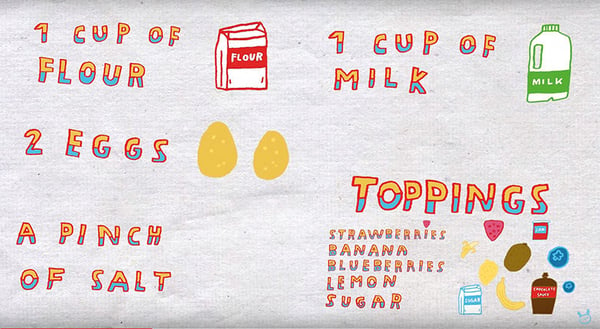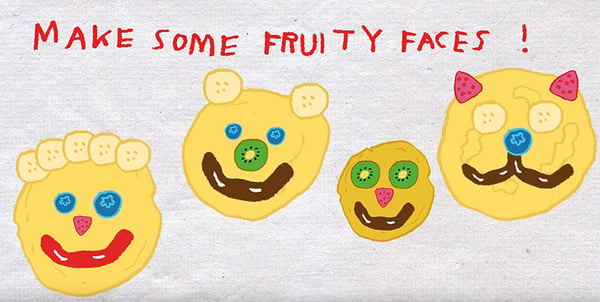Search
Close search

Pancake Day – or Shrove Tuesday – is almost here, but there’s a lot more to it than you may think. In fact, the tradition has been carried out for hundreds of years; the British custom of eating pancakes on Shrove Tuesday dates back to the 16th century!
Pancake Day is connected to the Christian holiday Easter; it’s the traditional feast day before the start of Lent – the 40 days (not including Sundays) leading up to Good Friday. Traditionally Lent involved prayers and fasting, to mark the 40 days Jesus spent fasting in the desert after being baptised.
The term ‘shrove’ comes from the old Middle English term ‘shriven’ (which is to be absolved of your sins). Today, fasting is less common, though some people still choose to give up one thing in particular (like chocolate) during this time. Meat and dairy products weren’t supposed to be eaten during Lent, and would go off during this time anyway. In the days known as ‘Shrovetide,’ these forbidden ingredients were used up. Leftover meats were eaten on ‘Collop Monday’ (also known as Shrove Monday – the day before Shrove Tuesday), whilst dairy produce was eaten on Shrove Tuesday.
The easiest way to get rid of dairy like milk and butter was to make pancakes. Pancakes have featured in historical cookery books from as far back as 1439; the tradition of flipping them is thought to have begun around the 1600s. And given that they’re so tasty, it’s no surprise that we still eat them! Today, people continue to celebrate Pancake Day every year. Many towns and villages across the UK host ‘Pancake Races’ – a kind of relay race where participants must flip their pancakes whilst running the length of a track.
Whilst you can buy ready-made pancake batter, cooking them from scratch is much more fun. Plus, it’s the perfect STEAM learning activity to inspire small scientists everywhere. When you mix the dry and wet ingredients to make your pancake batter, a whole heap of chemical reactions takes place. Flour contains gluten; when you add eggs and milk to it, the gluten molecules become more flexible and bind together in networks. Mixing your ingredients causes carbon dioxide gas from the air to become trapped by these networks. This is why pancakes rise a little and taste deliciously chewy! For the perfect pancake, physicist Professor Peter Barham (from the University of Bristol) insists you must allow the mixture to stand, ‘to allow the starch to swell and any air bubbles to pop.’ If you don’t do this, he says ‘the structure of the pancake will be weak, and it will be full of holes.’ For a fun twist, try making these robot pancakes from issue 15. Simply follow Messy’s recipe below or follow the video:

Method

